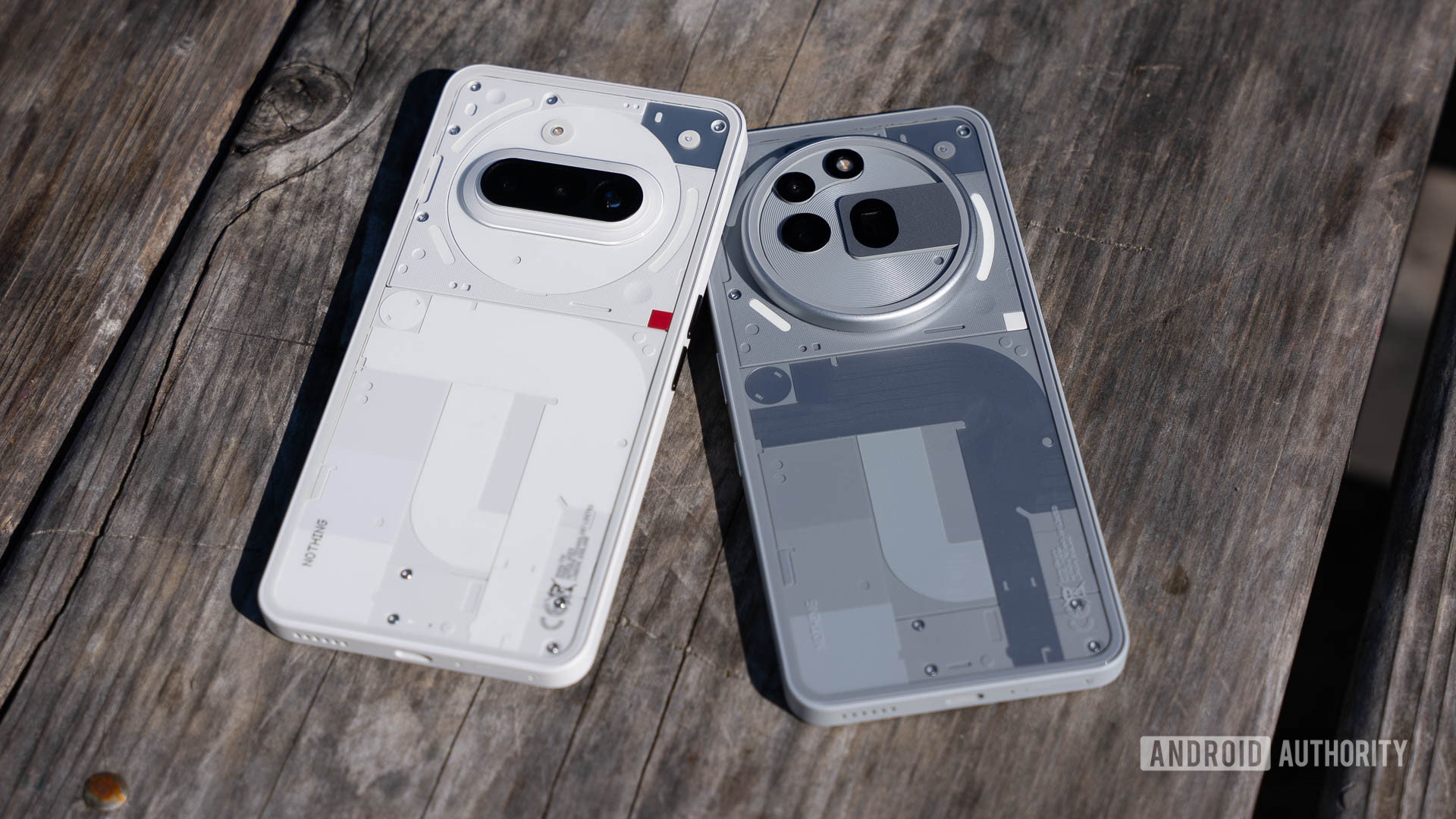While the need for hurricane-resistant homes has been a pressing issue for decades, recent catastrophic events in the United States are also highlighting the need for flood-resistant housing.Inspired by a major flooding event in Eastern Kentucky in 2022, where 80% of the buildings that were destroyed were actually outside the known flood zone, Eric Wooldridge, a professor of engineering and architecture at Kentucky’s Somerset Community College (SCC), decided to take action.“The fact that all these buildings were in a supposedly safe location and yet there was such massive destruction told me something about what we are doing wrong as a country in terms of structures, building methods,” said Wooldridge.
“We really need improved methods, innovation, and better protection for families living here.” Eric Wooldridge is the leader of the innovative 3D printed concrete housing initiative.Combining his expertise in architecture, engineering, and additive manufacturing (AM), Wooldridge partnered with Progress Appalachia and RIC Technology to create the FloodBuster, a concrete 3D printed structure designed to withstand flooding.The project was funded through a grant from the U.S.
Department of Agriculture (USDA) Rural Development and the Appalachian Regional Commission.“The use of concrete 3D printing allows us to integrate some new engineering thinking into how structures respond to the forces due to flood waters, and we also developed some new anchors and new techniques for putting in windows and doors into the structures,” said Wooldridge.“These new structural shapes and features are truly impossible without 3D printing technology and are able to take advantage of structural material properties beyond what is seen in conventional wood-frame buildings or even concrete block.” Building the FloodBuster 1.
Using Finite Element Analysis (FEA), AI, and years of construction experience, the SCC Engineering team has developed structural design features that far exceed current standards and can be fully integrated into any 3D printed home floor plan with little change on the overall construction cost.One feature that is currently being trademarked as the FloodBuster allows more efficient material placement to ensure the structure has great strength exactly where it is needed in extreme stress-generating circumstances, such as natural disasters like floods or tornadoes.For example, integrating FloodBusters into a building floor plan design that is square or rectangular can increase its general strength to potentially withstand the forces generated by an EF4 tornado (with winds up to 200 mph) or a high-velocity flood.
Better yet, the relative cost of 3D printing a concrete building using these designs is comparable to that of a traditional home made from concrete blocks or brick.Innovations developed by the team include specialty anchors that enable the structure to be printed with vertical reinforcement, which does not interfere with the printing process or the movement of hardware.Additionally, the SCC team has developed a streamlined methodology for obtaining building code permitting approval for these structures, ensuring compliance with the prevailing International Building Code, which serves as the foundation for the majority of the nation’s individual building code jurisdictions.
After three years of research, prototyping, and testing, it was finally time to prove out all the hard work that had been done: The first actual 3D print of the structure was scheduled to take place on Friday, June 27, 2025, on the SCC campus in Somerset.The team had already poured the slab, incorporating some additional structural innovations for the foundation, several weeks prior, to ensure against cracking.3D printing the walls of FloodBuster 1.
The team set up and started 3D printing during a massive heatwave, and the process took a total of 53 hours to complete for the structure itself.A RIC printer builds the wall of FloodBuster 1.“We had a few little glitches during the printing, but we quickly learned and adapted,” said Wooldridge.
“We had one motor go bad, and we had to adjust to the high heat at the time, but we learned a lot and got a lot of data for the next print.” During the 3D printing day, the College hosted approximately 300 visitors, including local news crews, as well as more than 100 people who watched online.“We are very satisfied with the outcome,” said Wooldridge.“With 3D printing, we have complete control of every single layer, every single component in the walls, and because the robot is computer-controlled, it is within millimeters of its target.
You didn’t see many measuring tapes, except for verifying layer heights.We just didn’t need them.” To deal with the extreme heat, the team used misting to regulate the surface temperature of the thermal reactions with the concrete so it didn’t heat up too fast.Wooldridge also noted that 3D printing concrete is also an extremely low-labor operation.
“When everything was running smoothly, you essentially had just one operator running the machine, one person on the mixer system, and a field person installing components into the structure as it prints,” he said.“Add one more person to periodically assist one of the three primary positions, and you have everything you need.” 3D printed concrete has received criticism for being comparatively expensive compared to traditional house building.“We have our estimates already on our actual material consumption,” said Wooldridge.
“It’s much better than we thought it was going to be, and while we won’t release that data just yet, and even though the material we have to buy for the printer is higher than typical concrete, it’s still extremely cost-effective.Even more so when you consider the longevity of the structure.” Construction of the FloodBuster 1 at night.Once FloodBuster 1 is completed with heavy insulation, windows, doors, and a robust metal roof, the team plans to proceed with FloodBuster 2 at the Bluegrass Veterans Ranch, a few miles away, and is also planning additional projects for Habitat for Humanity.
“As a result of Floodbuster 1, we’ve already been in contact with multiple groups across the nation that want to not only just work with us for the expertise, but also consult on doing more projects, and that is our focus going forward,” concluded Wooldridge.“Our view is that the technology is now good enough.The technology is now practical and affordable enough.
Now is the time for doing real projects and to create more innovative approaches to the issue of extreme weather events and how they affect families and our citizens.” The house shell is 3D printed in Somerset.All images courtesy of Eric Woolridge, KCTCS.Subscribe to Our Email Newsletter Stay up-to-date on all the latest news from the 3D printing industry and receive information and offers from third party vendors.
Print Services
Upload your 3D Models and get them printed quickly and efficiently.Powered by FacFox
Powered by 3D Systems
Powered by Craftcloud
Powered by Endeavor 3D
Powered by Xometry
3DPrinting Business Directory
3DPrinting Business Directory








